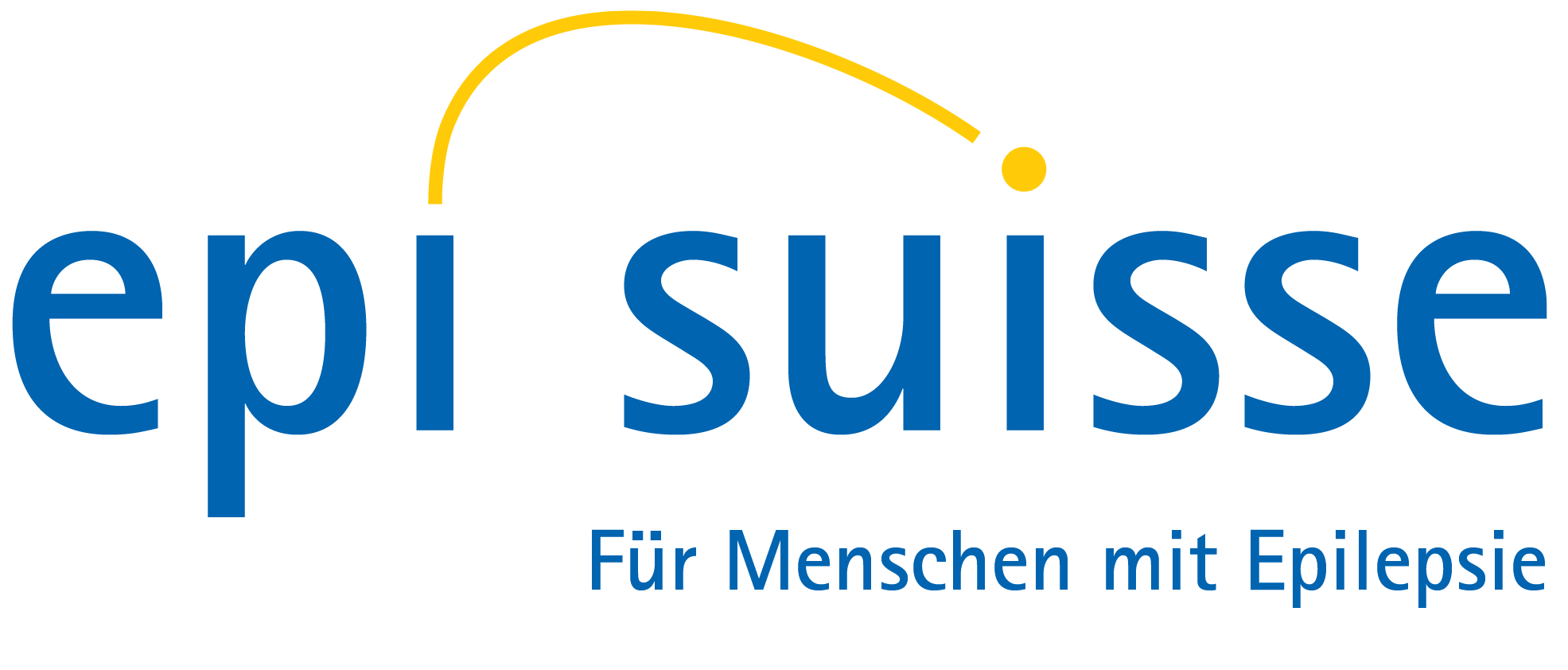
Epilepsy:
causes, course and treatment
Epilepsy is a common neurological disease. It manifests itself in the form of epileptic seizures, which can range from hardly noticeable to very severe.
Epilepsy is a disease of the brain that leads to epileptic seizures – usually involving muscle twitching or other involuntary movements. An epileptic seizure is caused by the overactivity of certain nerve cells (neurons) and usually lasts no longer than two minutes. An estimated 80,000 people live with epilepsy in Switzerland, including up to 20,000 children.
Epilepsy can occur at any age. Children under the age of five and men and women of advanced age are affected by epilepsy at an above-average rate. In a population of 100,000 people, around 40 to 70 are newly diagnosed with epilepsy each year.
There are two basic types of epileptic seizures:
- Generalized seizures occur in both hemispheres of the brain. Often the entire body is affected.
- Focal seizures originate in a limited part of the brain known as the focus. Often only individual areas of the body are affected.
Neither generalised epilepsy nor focal epilepsy have uniform symptoms. Sometimes it’s hard to recognise them at all. Diagnostic methods such as electroencephalography (EEG), computed tomography (CT) and magnetic resonance imaging (MRI) are used to examine the brain.
Epileptic seizures can vary greatly, and there are different sub-divisions of epileptic seizures.
What are the symptoms of generalised epilepsy?
Generalised epileptic seizures often have the following symptoms:
- A major epileptic seizure (also known as a grand mal seizure) is accompanied by unconsciousness. Patients cramp up and after 30 to 60 seconds the whole body usually begins to twitch. The face turns a bluish colour.
- Small epileptic seizures are less obvious. Those affected become “absent” for a few seconds. The eyes turn upwards and the head often falls backwards.
- Myoclonic seizures are manifested by rapid twitching of individual muscle groups. Consciousness is usually retained.
What are the symptoms of focal epilepsy?
Focal seizures are not always associated with convulsions or loss of consciousness. Since they occur in a limited region of the brain, symptoms of this type of epilepsy sometimes affect only individual parts of the body:
- A motor seizure manifests itself through twitching in a hand, arm or leg, for example.
- A sensory seizure results in disturbed sensory perceptions, affecting the vision, hearing, smell or taste, for instance. Sensory seizures can also cause disturbed sensations, such as temperature or pain perception.
- An unconsciously experienced focal seizure (previously complex focal seizure) manifests itself in a trance-like state. The sufferer will exhibit involuntary movements of various kinds, such as lip-smacking or fumbling with their fingers.
Focal seizures can spread and then end up as generalized seizures.
Epilepsy occurs in people whose brain function is so altered that repeated seizures may occur. Possible causes of epilepsy include genetic mutations, circulatory disorders and inflammation of the brain. Stroke, brain tumour or diabetes can also trigger epilepsy. Often, however, there is no discernible cause.
Epileptic seizures may occur in people with epilepsy, but also in people who do not have epilepsy. Factors that can trigger a seizure include:
- Regular, heavy alcohol consumption
- Medicines
- Withdrawal from alcohol, drugs or sleeping pills
- Heavy physical strain
- High fever (in children)
- Extreme lack of sleep
- Mental stress
- Sensory stimuli (e.g. flickering lights)
Between two epileptic seizures, most sufferers do not experience any physical discomfort related to epilepsy.
Various epilepsy treatments are available:
- Medicines are given to prevent future epileptic seizures. There are more than twenty active substances that suppress seizures. They must be taken regularly, often for many years.
- In the case of focal seizures, surgical procedures can ideally result in the permanent removal of the epileptic site from the brain.
- The ketogenic diet (keto diet) is intended to mimic a metabolic state of fasting. This very high-fat and low-carbohydrate diet is thought to positively influence the metabolism.
- Brain stimulation via the vagus nerve is intended to reduce the number and severity of epileptic seizures.
Anyone affected by epilepsy needs intensive medical support – to clarify, for example, whether they are allowed to drive a car or participate in certain sports. Women who use contraceptive pills need to know whether their anti-epileptic medication reduces the effectiveness of the pill. Epileptic seizures often occur at certain intervals or consistently at the same time of day – a seizure calendar can help to clarify this.
After being provided with thorough information and medical care, many people affected by epilepsy can live largely without restrictions. Nevertheless, many questions may arise, including for relatives. Charities such as the patient organisation Epi-Suisse and the specialist organisation Swiss Epilepsy League offer support here.
For more information and support services, please visit:
- Universitäts Spital Zürich, unter: https://www.usz.ch/krankheit/epilepsie/ (Abrufdatum: 13.11.2022)
- Schmitt, F., Stefan, H., Holtkamp, M.: Epileptische Anfälle und Epilepsien im Erwachsenenalter. Springer Verlag Berlin, Heidelberg, 2021
- Swiss Medical Forum, unter: https://medicalforum.ch/de/detail/doi/smf.2020.03413 (Abrufdatum: 13.11.2022)
- Schweizerische Epilepsie-Liga, unter: https://www.epi.ch (Abrufdatum: 13.11.2022)
- Institut für Qualität und Wirtschaftlichkeit im Gesundheitswesen, unter: https://www.gesundheitsinformation.de/epilepsie.html (Abrufdatum: 13.11.2022)
- Status epilepticus im Erwachsenenalter, S2k-Leitlinie der Arbeitsgemeinschaft der Wissenschaftlichen Medizinischen Fachgesellschaften (vollständig überarbeitet am 30.6.2020)
- https://www.epi.ch/ueber-epilepsie/einstieg/anfallsformen/ (Abrufdatum 25.05.2023)




